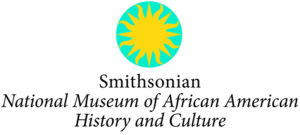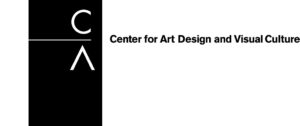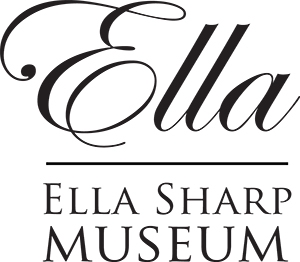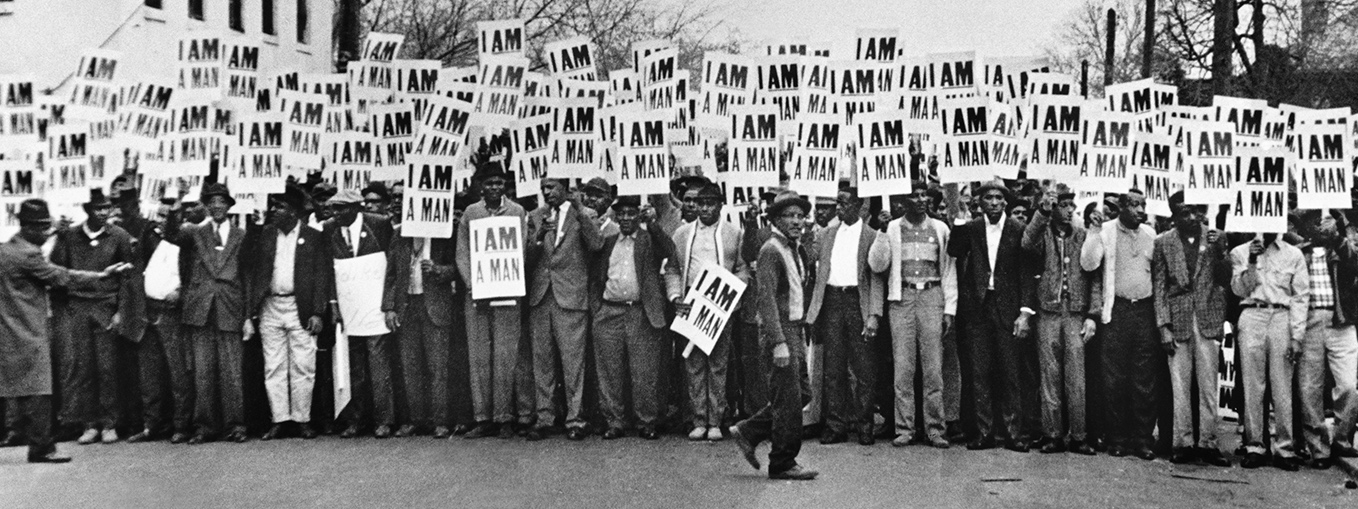
For All the World To See: Visual Culture and the Struggle for Civil Rights
For All the World To See: Visual Culture and the Struggle for Civil Rights examines the role that visual culture played in shaping and transforming the struggle for racial equality in America from the late 1940s to the mid-1970s.
Through a compelling assortment of photographs, television clips, art posters, and other historic artifacts, For All the World to See traces how images and media disseminated to the American public transformed the modern civil rights movement and jolted Americans, both black and white, out of a state of denial or complacency.
Visitors to this immersive exhibition will explore:
- More than 35 compelling and persuasive visual images, including photographs from influential magazines, such as LIFE, JET, and EBONY; CBS news footage; and TV clips from The Ed Sullivan Show.
- Civil rights-era objects that exemplify the range of negative and positive imagery—from Aunt Jemima syrup dispensers and 1930s produce advertisements to Jackie Robinson baseball ephemera and 1960s children’s toys with African American portraiture.
Exhibit Details:
Exhibit Location: Ella Sharp Museum
Now Extended through March 16
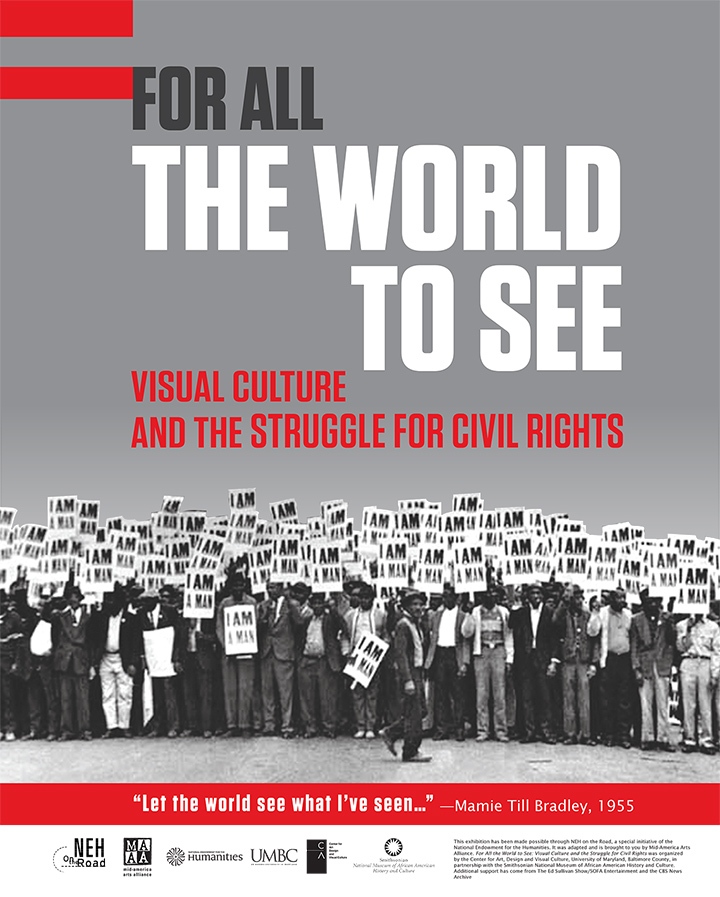
Hours and Admission
Monday-Tuesday: CLOSED
Wednesday – Saturday: 10 a.m. – 5 p.m.
Sunday: 12 – 5 p.m.
Ella Sharp Museum is located in Ella Sharp Park.
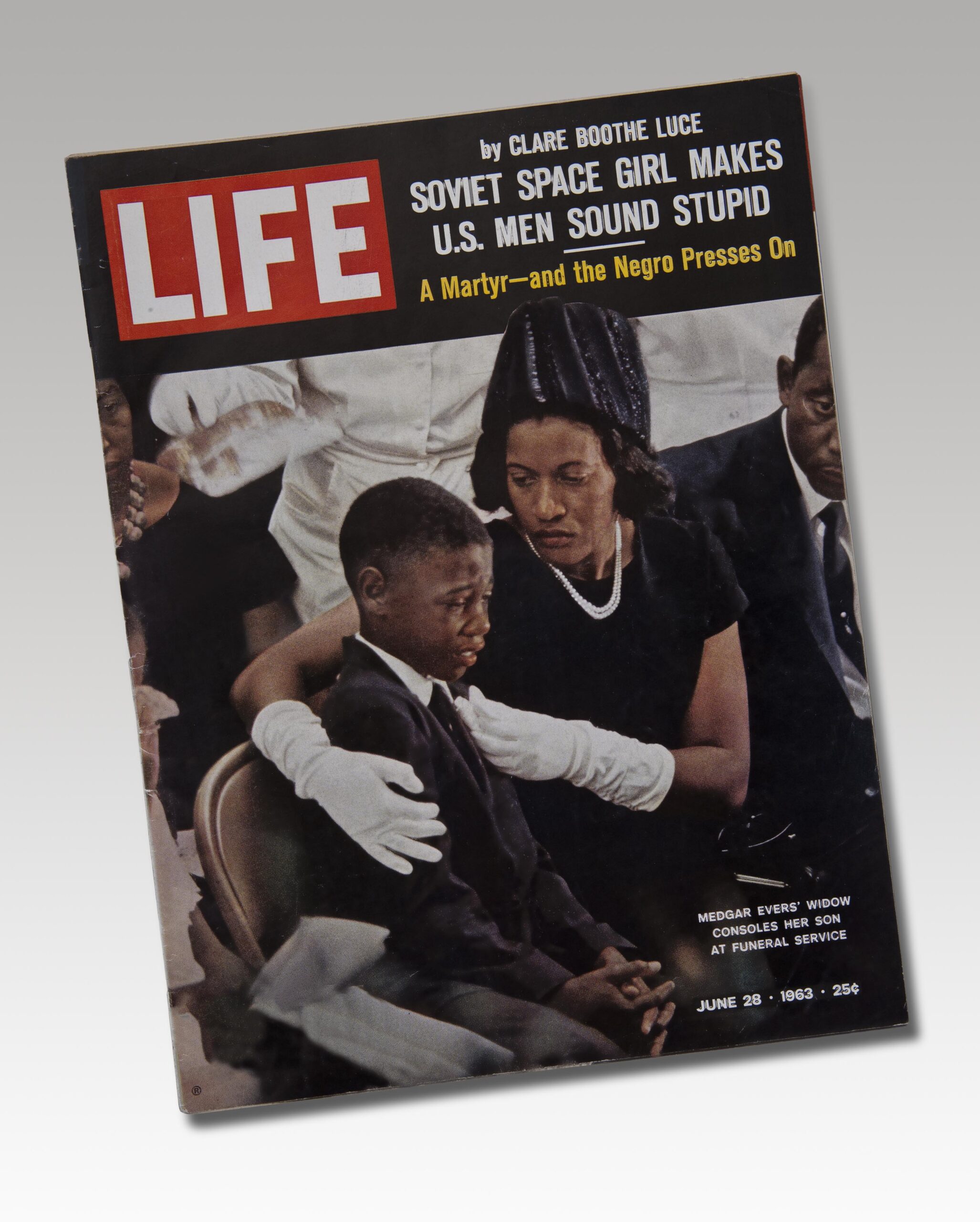
For All the World to See is not a history of the Civil Rights movement, but rather an exploration of the vast number of potent images that influenced how Americans perceived race and the struggle for equality. As Ebony founder John H. Johnson put it, magazines and television “opened new windows in the mind and brought us face to face with the multicolored possibilities of man and woman.”
Featured Images: Hue Magazine, September 1956. Jet Magazine, October 25, 1956. Jet Magazine, March 17, 1966. From the NEH on the Road exhibition For All the World to See: Visual Culture and the Struggle for Civil Rights. 2011. Photo: E. G. Shempf.
Medgar Evers Funeral, Life Magazine, June 28, 1963. From the NEH on the Road exhibition For All the World to See: Visual Culture and the Struggle for Civil Rights. 2011. Photo: E. G. Shempf.
Some of the images in For All the World to See are graphic in nature. They are included because they were vital to the success of the modern Civil Rights movement.
Exhibition & Programming Presented in Partnership:
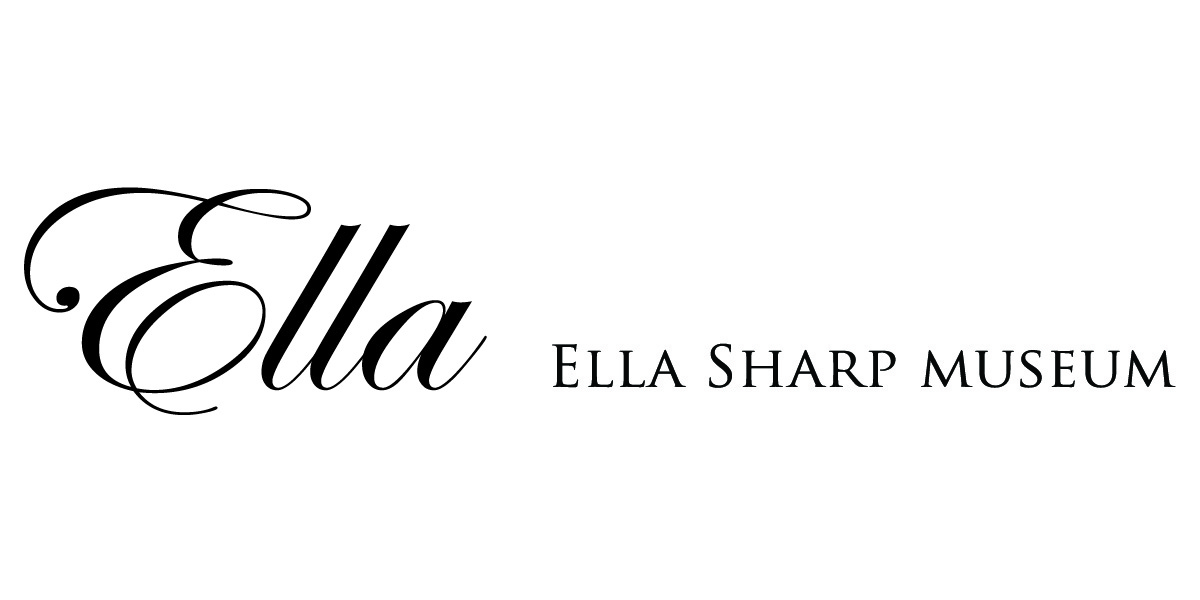


Sigmund Foundation
This exhibition has been made possible through NEH on the Road, a special initiative of the National Endowment for the Humanities. It has been adapted and is being toured by Mid-America Arts Alliance. For All the World to See: Visual Culture and the Struggle for Civil Rights was organized by The Center for Art, Design, and Visual Culture, University of Maryland, Baltimore County, in partnership with the National Museum of African American History and Culture, Smithsonian Institution. Any views, findings, conclusions or recommendations expressed in this exhibition do not necessarily represent those of the National Endowment for the Humanities.




